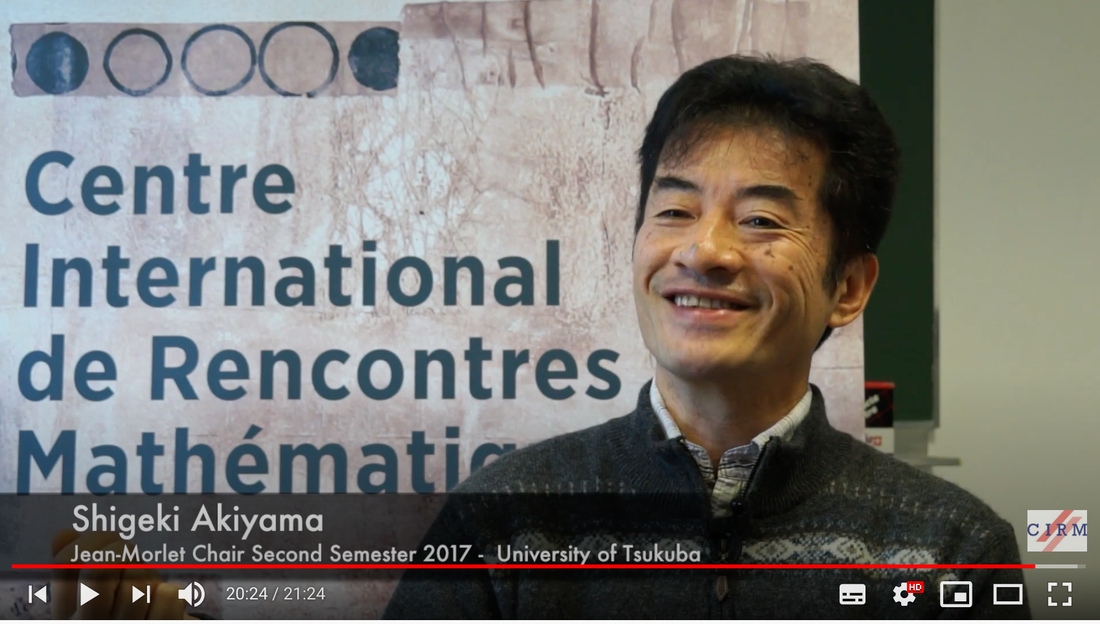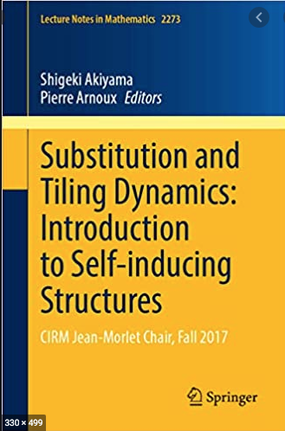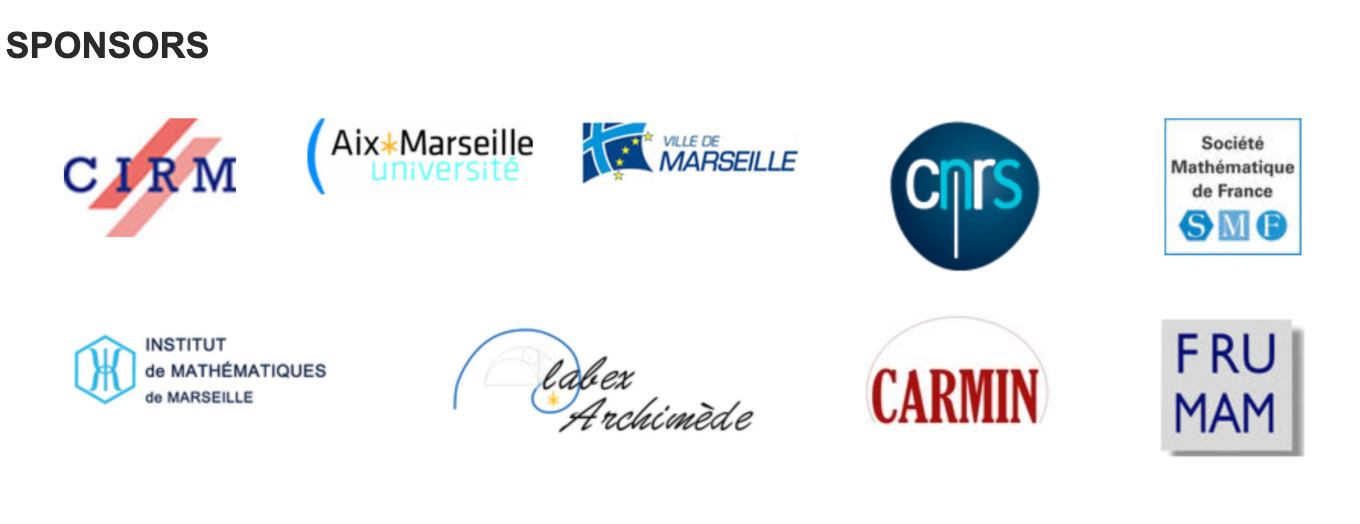Tiling and Recurrence (1721)
Pavages et récurrence
Dates: 4-8 December 2017 at CIRM (Marseille Luminy, France)
|
DESCRIPTION
In this conference, we are interested in the recent developments around the mathematical theory of tilings and its recurrence properties, which have a lot of connections with other areas like number theory, dynamical system, quasi-crystal, computer science and discrete geometry. We intend to focus particularly on the following areas:
Recurrence properties of tiling and number theory There has been a series of recent developments on bounded remainder sets involving various methods (dynamical, topological, number theoretical, see [2, 3]). We plan to discuss and compare different approaches involved there. We would like to consider frequencies and recurrence properties in tiling spaces, by focusing on variants of ergodic averages in this framework. Spectral property of tiling dynamical systems Aperiodic tile set and quasi-crystals |
SCIENTIFIC COMMITTEE
ORGANIZING COMMITTEE
SPEAKERS
Autocorrelation and diffraction via renormalisation Part II: Extensions and generalisations
Singular substitutions of constant length
Dimension groups and recurrence for tree subshifts (pdf)
Thermodynamic formalism on aperiodic linearly repetitive tilings (pdf)
Holder estimates for the spectrum of substitution systems and translation flows
Dynamics of stochastic Bratteli diagrams
A set of sequences of complexity 2n+1 (pdf)
Tree substitutions and Rauzy fractals (pdf)
Algebraic sums and products of univoque bases – VIDEO
The Fibonacci Trace Map – VIDEO
Tilings associated to the nearest integer complex continued fractions over imaginary quadratic fields (pdf)
Local rules for planar tilings
Autocorrelation and diffraction via renormalisation – Part I: Concepts and examples in one dimension
Deterministic and expansive directions in 2D subshifts
Bounded remainder sets for rotations on p-adic solenoids –
Wild solenoids and tilings (pdf)
On the higher-dimensional three-distance theorem
Cut and project sets, linear repetition of patterns, and the Littlewood conjecture
On the dynamics of Jeandel-Rao tilings (pdf)
Yet another characterization of the Pisot conjecture – VIDEO
A generalization of local derivability and its consequences
Recognizability for sequences of morphisms – VIDEO |






